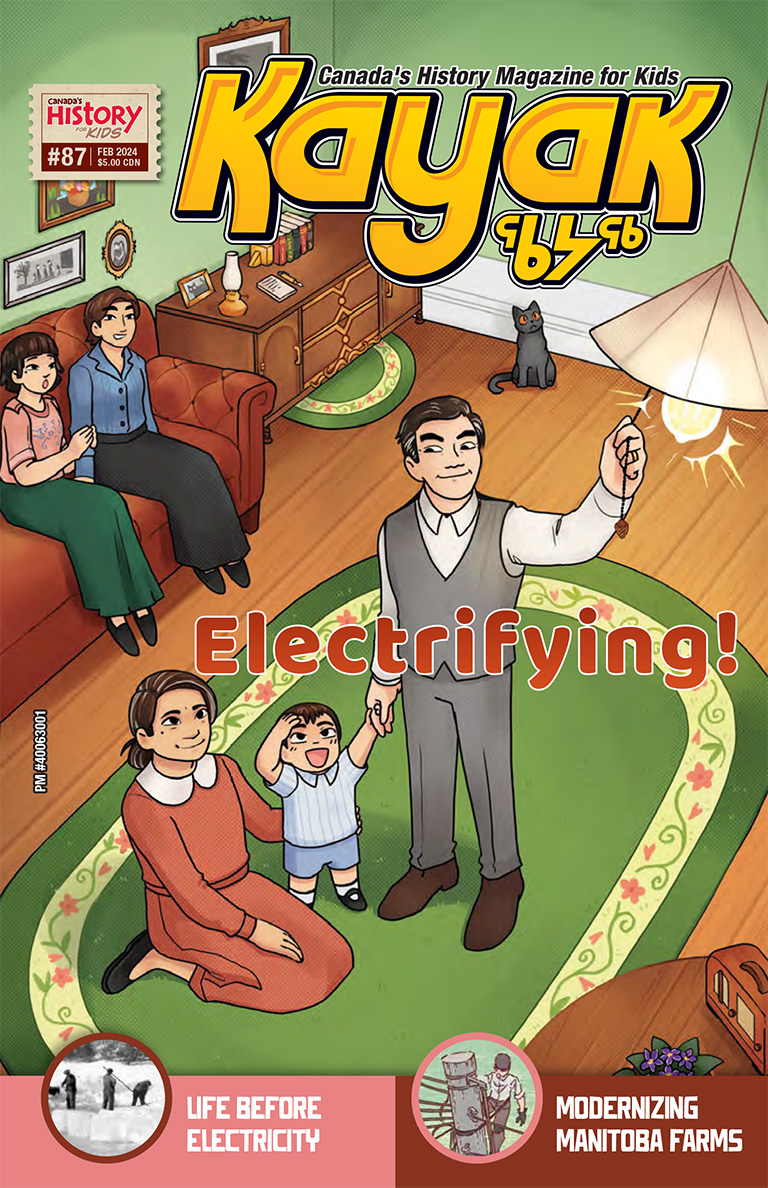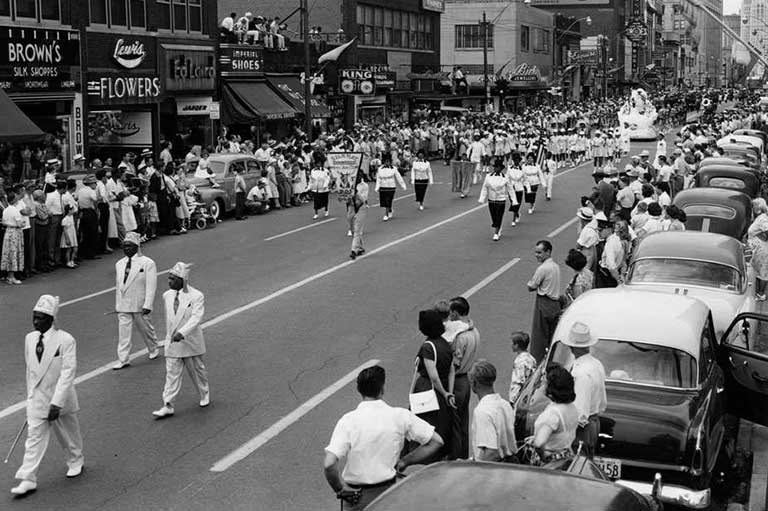A Prairie Farm: Before and After Electrification
Lesson Overview |
Grade Levels: 3/4, 5/6 Subject Area: Social Studies, English Language Arts Time Required: 2-3 hour lesson This lesson is inspired by the article “Manitoba Trans’FARM’ation: Power comes to rural people” in the Electrifying! (February 2024) issue of Kayak: Canada’s History Magazine for Kids. |
The lesson begins with the teacher activating students' prior knowledge by introducing them to Venn diagrams and their use in comparing and contrasting ideas. The lesson then moves onto acquiring new knowledge, where students work in pairs to read an article about rural prairie farms and complete a Venn diagram with activities done before and after electricity. Finally, students apply their understanding by creating a brochure on farm life before and after electrification using the Venn diagram as a guide. This lesson is an effective way to engage students in critical thinking and build their understanding of comparing and contrasting ideas. |
Historical Thinking Concept(s) |
|
Learning Outcomes |
Students will…
|
Background Information |
|
Lesson Activity |
ACTIVATING
ACQUIRING
APPLYING
|
Materials/Resources |
|
Themes associated with this article
Advertisement





